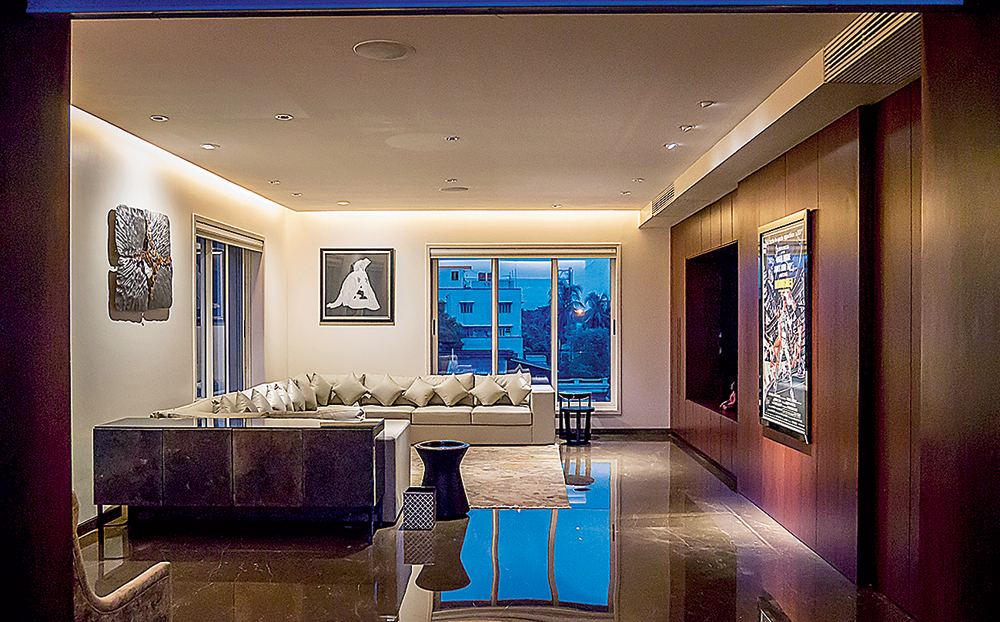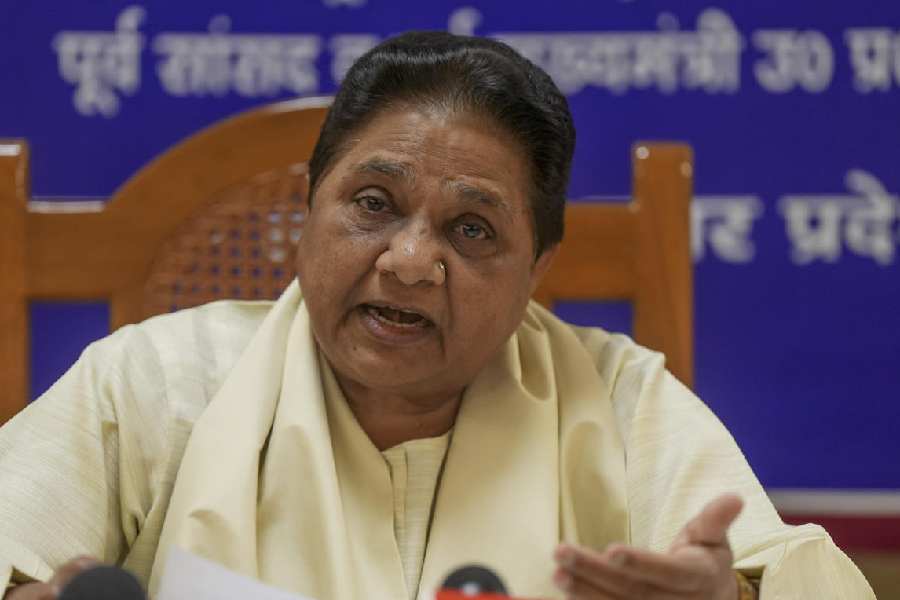Consumer demand for smart home light technology
Everyone is used to gadgets like the smartphone; touchscreens are everywhere. As lighting designer and electronic architect we are witnessing a huge acceptance in smart home technologies in India, gradually it is turning from a luxury to a necessity. Everything is connected to the Internet, from security systems to home appliances. Earlier, we downloaded music or movies. Now, we stream it. I remember designing very high-end homes of HNI 16 years ago in India. In those days, the client was able to switch on music, HVAC (heating, ventilation and air conditioning), jacuzzi and lights using the cellphone or just by dialling a number and entering a code. While designing I had to keep in mind future updates.
Smart bulbs and lighting
It has both pros and cons. First the pros: Convenience, plug ’n’ play, energy saving, IoT enabled so it can be controlled remotely and is voice command enabled. And the cons: Makes one lazy, requires the Internet, can be hacked if quality products and precaution are not taken, expensive, some are only smartphone controlled and some work only with particular apps.
But there is a catch here. Every other company is coming up with smart bulbs as the technology is easily available. I remember using smart bulbs in my studio seven years ago and it works with Siri, Alexa and Google. I had programmed it to notify incoming emails (turns red), Facebook tagging (turns blue), Instagram tagging (changes colours as per the picture uploaded or tagged), Twitter (blinks twice in aqua blue). The system also simulates the weather and the sun; the colour changes as per the position of the sun. For example, during sunset it turns amber and to white during noon. Now we are talking about bio-dynamic lighting or circadian lighting.
Smart bulbs work on the Bluetooth, Zigbee (personal area networks), Wi-Fi and now Li-Fi (wireless optical networking technology that uses light-emitting diodes). In larger installations, it is recommended to use smart home technologies and make every fixture and device smart and Internet enabled rather than focusing on individual rooms. One needs to have a proper network in place for it to work flawlessly and a network needs to be planned.
Qualities/features to look for while buying smart bulbs
There are smart bulbs like Philips Hue (works on both Wi-Fi and Zigbee), Svarochi (works on Bluetooth), LIFX (works on Wi-Fi), Nanoleaf (works on Wi-Fi). I would request consumers first to figure out the application before deciding on the product and the brand because each has its strength.
Both Philips Hue and LIFX are big in the standalone smart light market. The former has a range of products but it can be expensive while the latter has a good range with brighter colours.
If one wants to use one or two lamps in a room and are not planning to upgrade the entire house, then LIFX is better because each bulb or light fixture is connected directly to home Wi-Fi but if the consumer wants to keep on upgrading slowly and gradually then Philips Hue is better because it comes with a Hub which connects to the home network. Each hub can control and communicate with up to 50 devices. Svarochi is Bluetooth enabled and the company is into architectural downlights but one can control dimming and colour change only via smartphone. Then there is Nanoleaf, which is plug ’n’ play. It’s touch enabled and works with Alexa, Google and Siri. It also syncs with music.
Besides smart lighting solutions…
Some popular home devices/solutions that are popular at the moment are audio-video devices, HVAC controls, security devices, home appliances like refrigerators, microwave, washing machine and vacuum cleaners.
Tejas Doshi — a recipient of 40 Under 40 Lighting Design Awards 2018, UK — is the founder (with his wife Yogeshvari) of Light & Beyond, one of India’s leading lighting consulting firms










